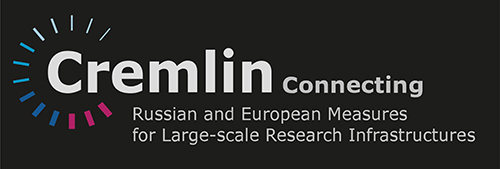Speaker
Description
The overwhelming majority of neutron spectroscopic experiments is carried out at non-ambient conditions for diverse reasons ranging from cooling the sample to improve the signal-to-noise ratio over situating the studied system into a precise point on its phase diagram to "playing" with its hamiltonian. The latter case, consisting e.g. in applying magnetic fields to quantum spin systems, calls for magnet performances at the edge of technical possibilities and for a careful non-magnetic design of the spectrometers. The equipment used in most other cases is usually less demanding to its environment. Here a pool management and sharing among a number of instruments, not reserved to inelastic scattering only, is a serious option calling for design standardisation of the devices as well as of the neutron instruments themselves. A common denominator for extreme sample environment conditions are restrictions on the maximum sample size, making spectrometer layout with a well optimised focusing geometry an important asset. In this lecture we will review the typical repertory of sample environment devices together with examples of good practices and pitfalls in the related instrument design.

